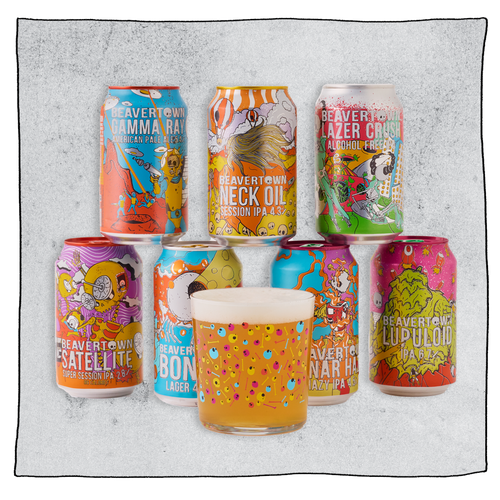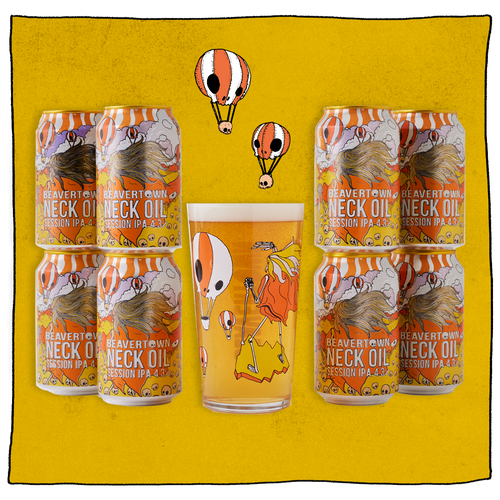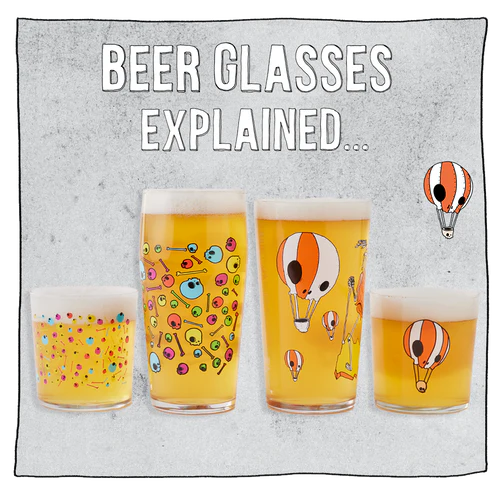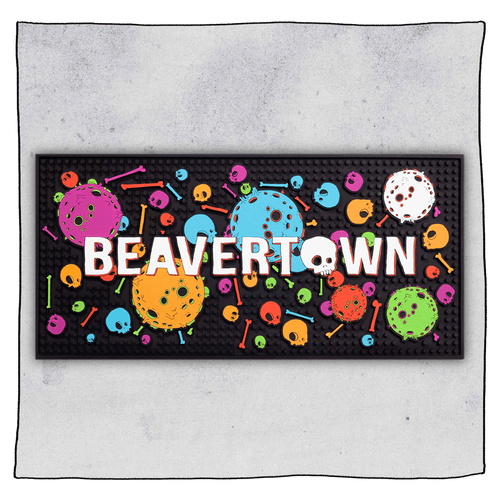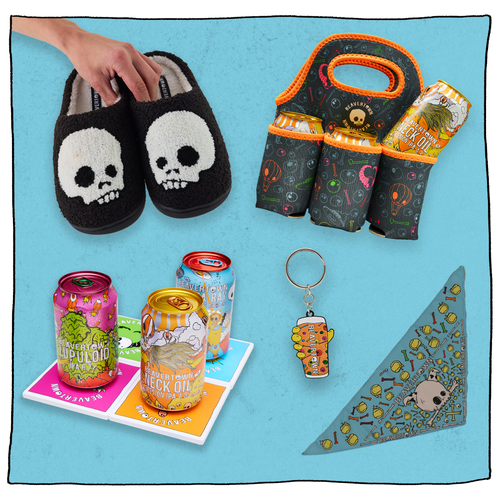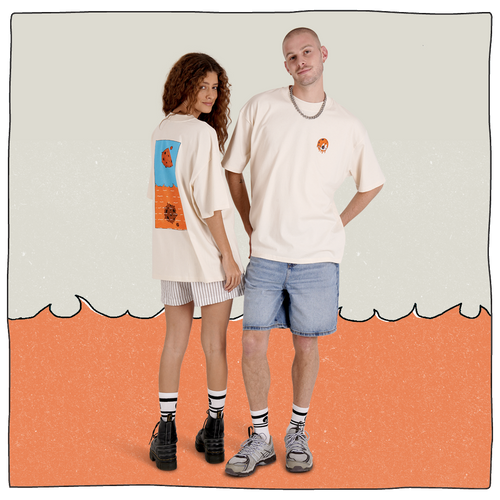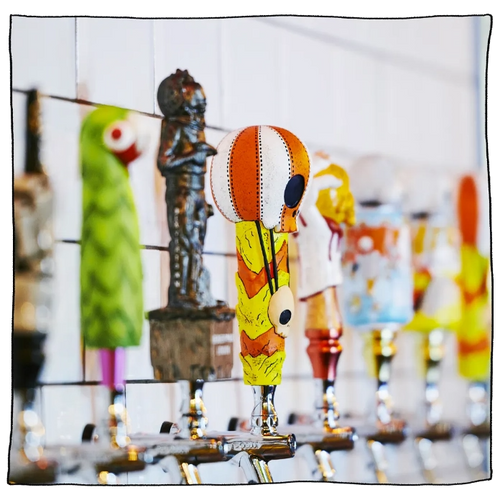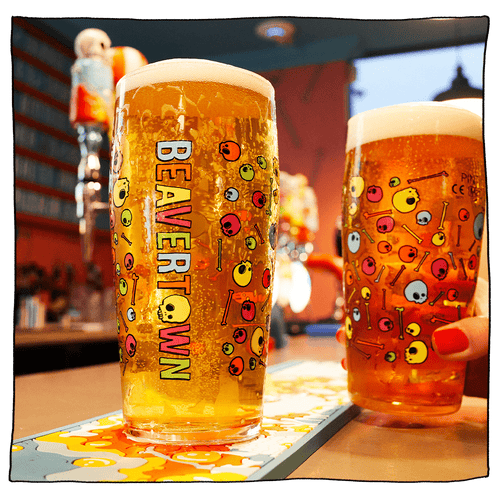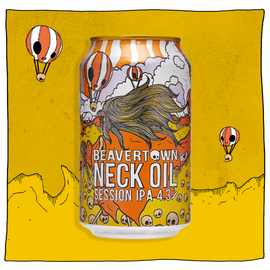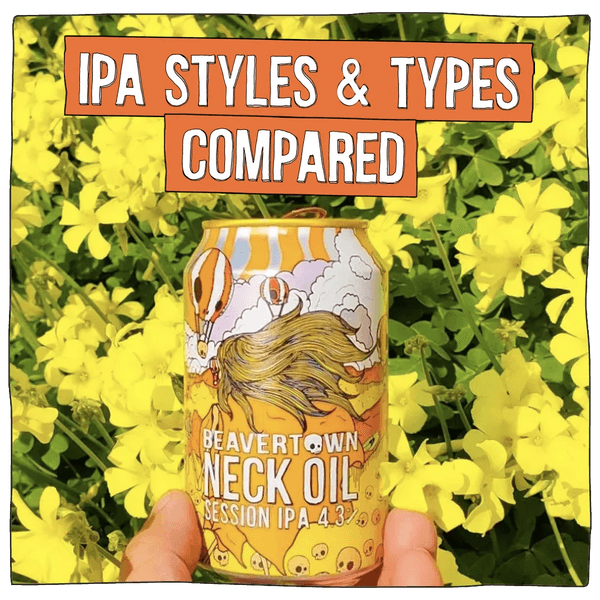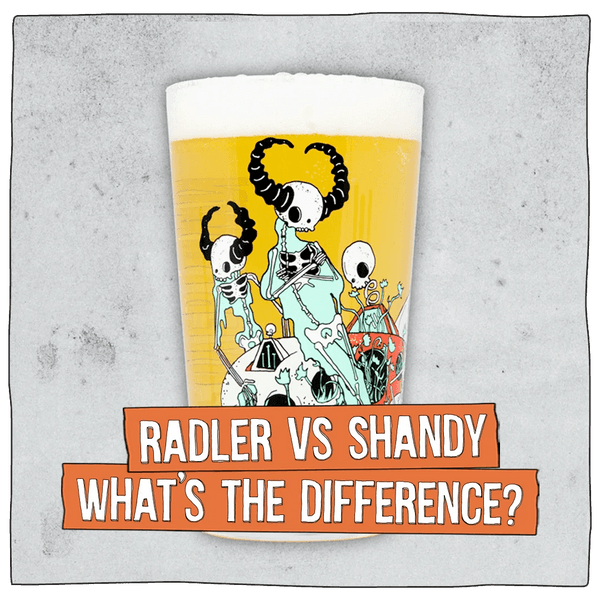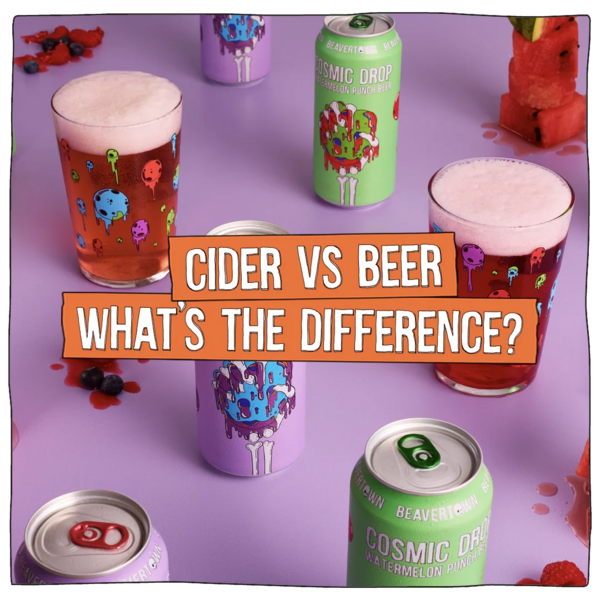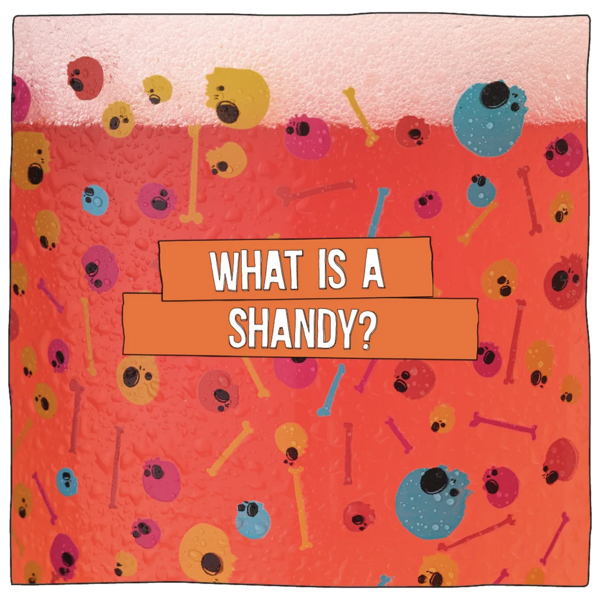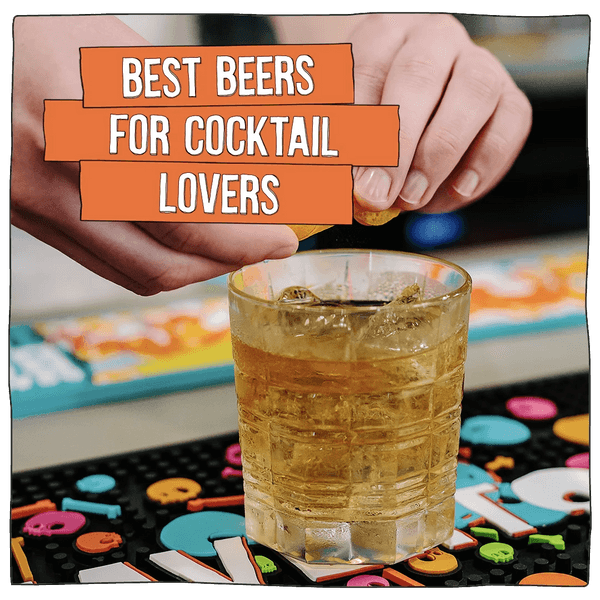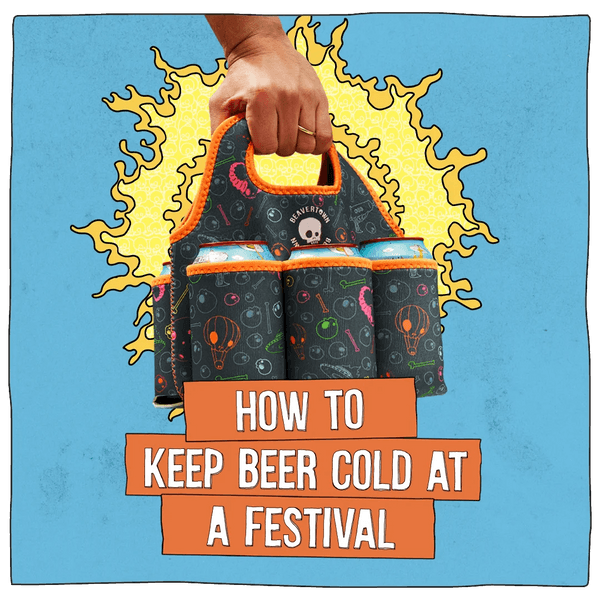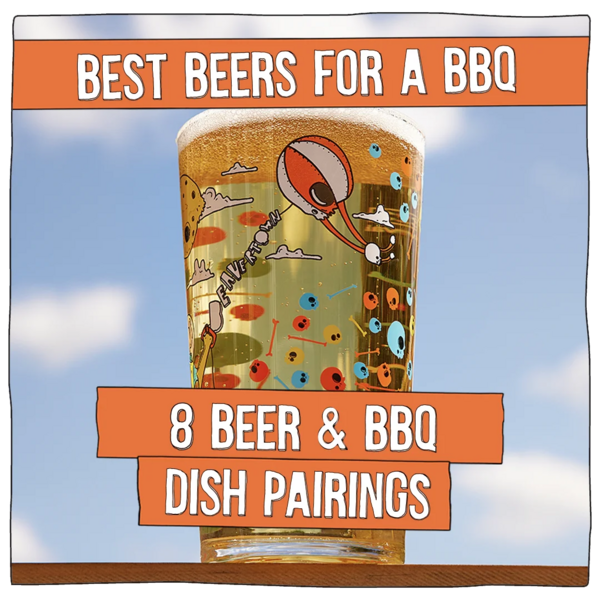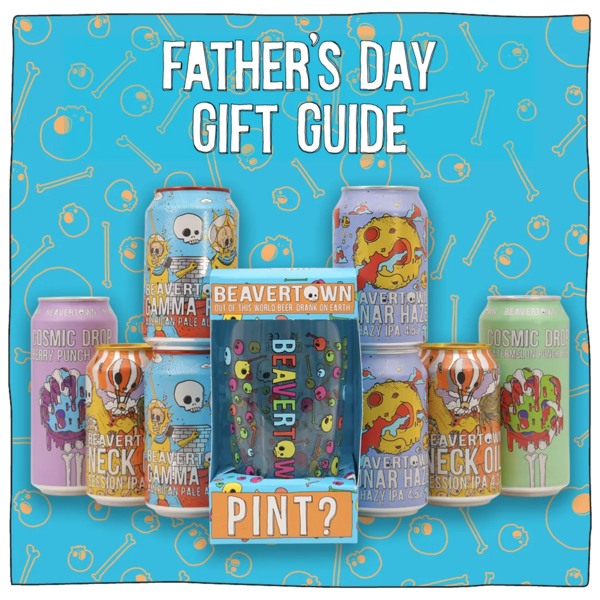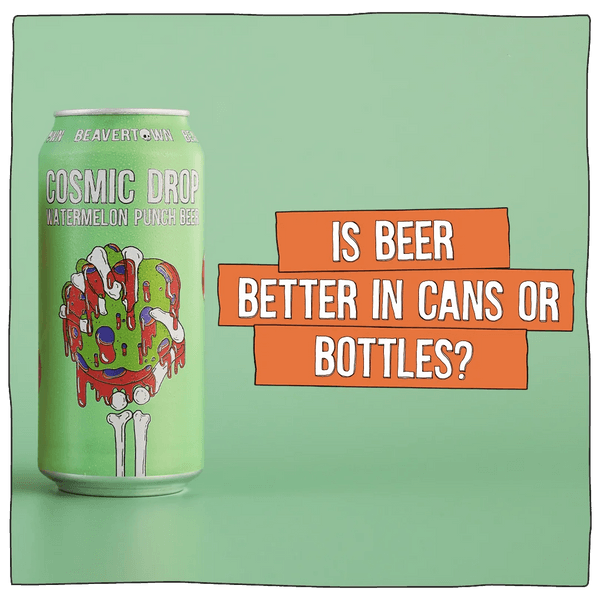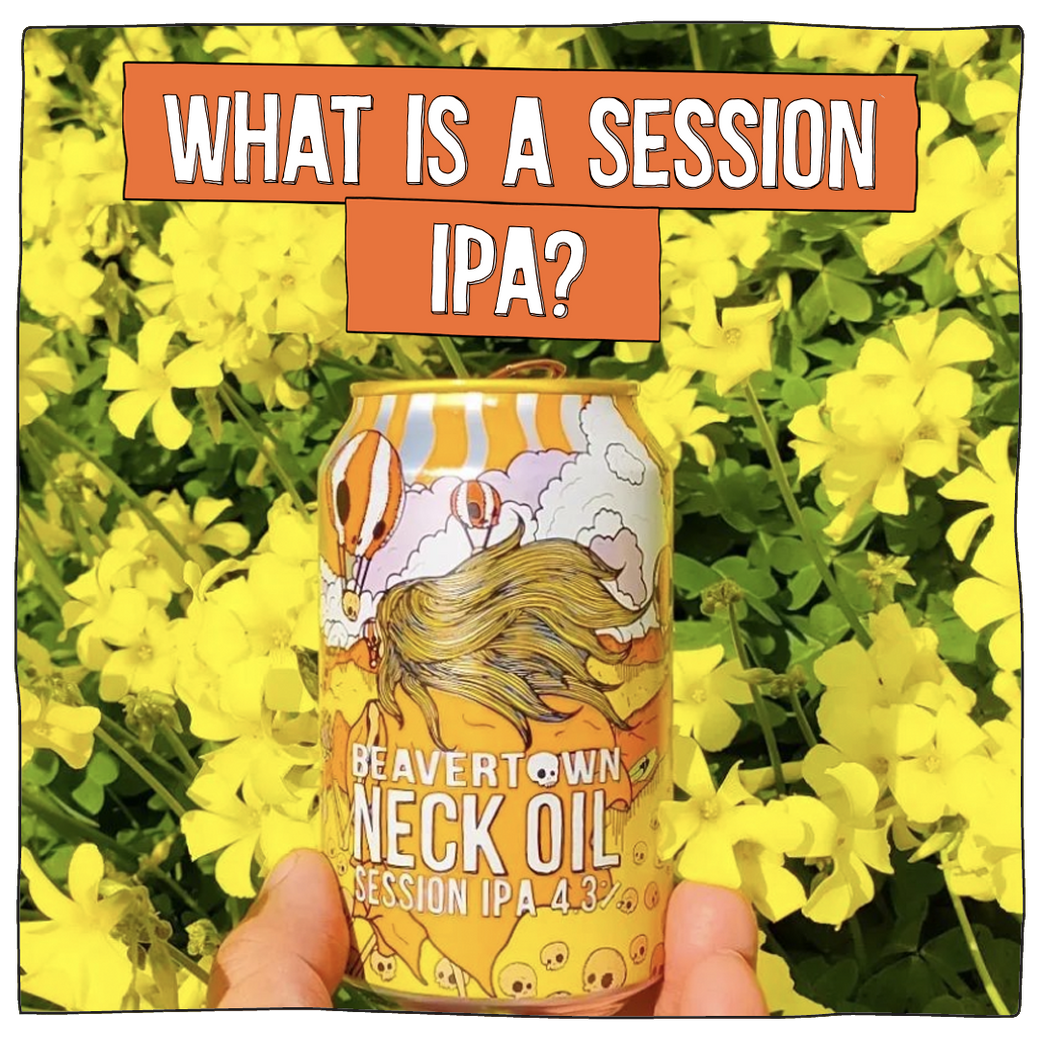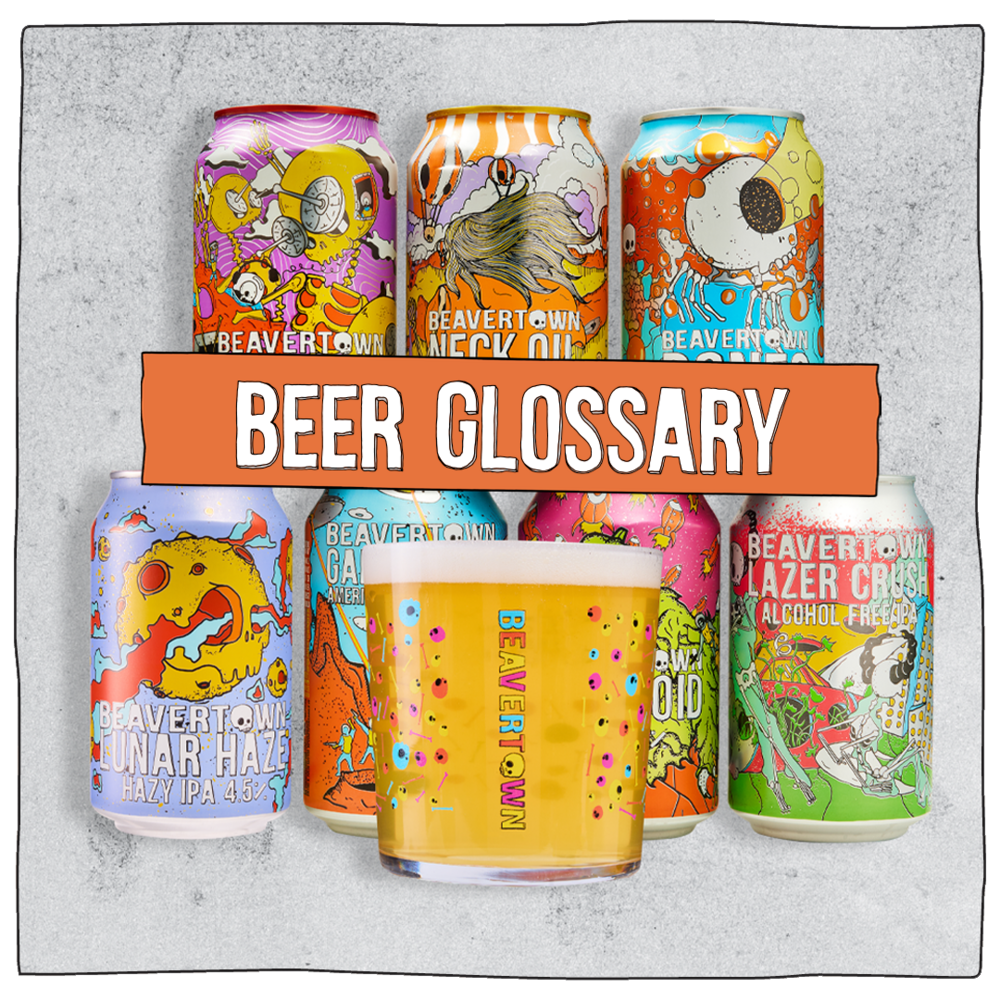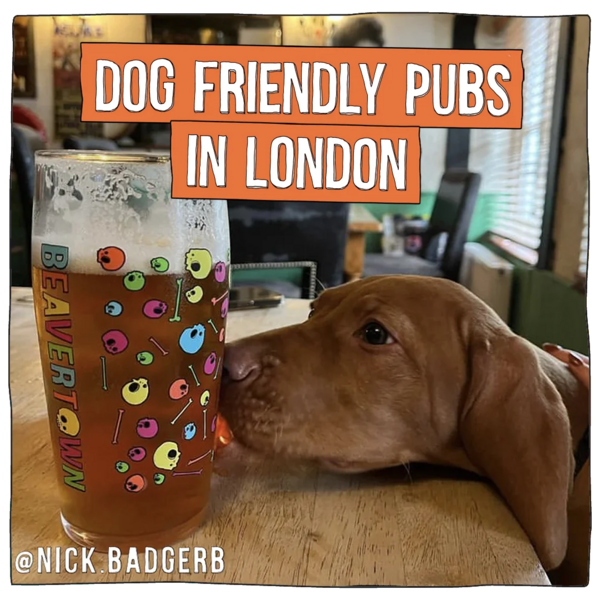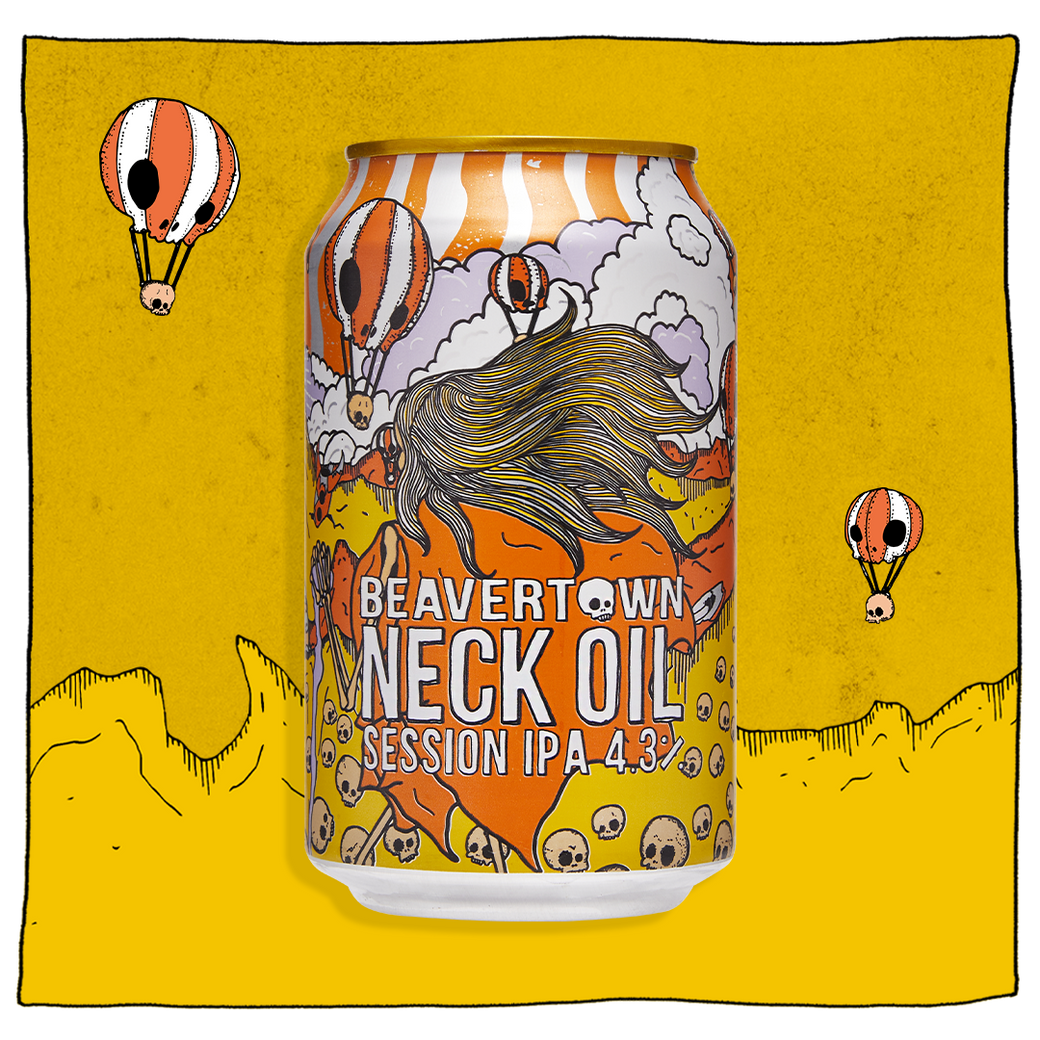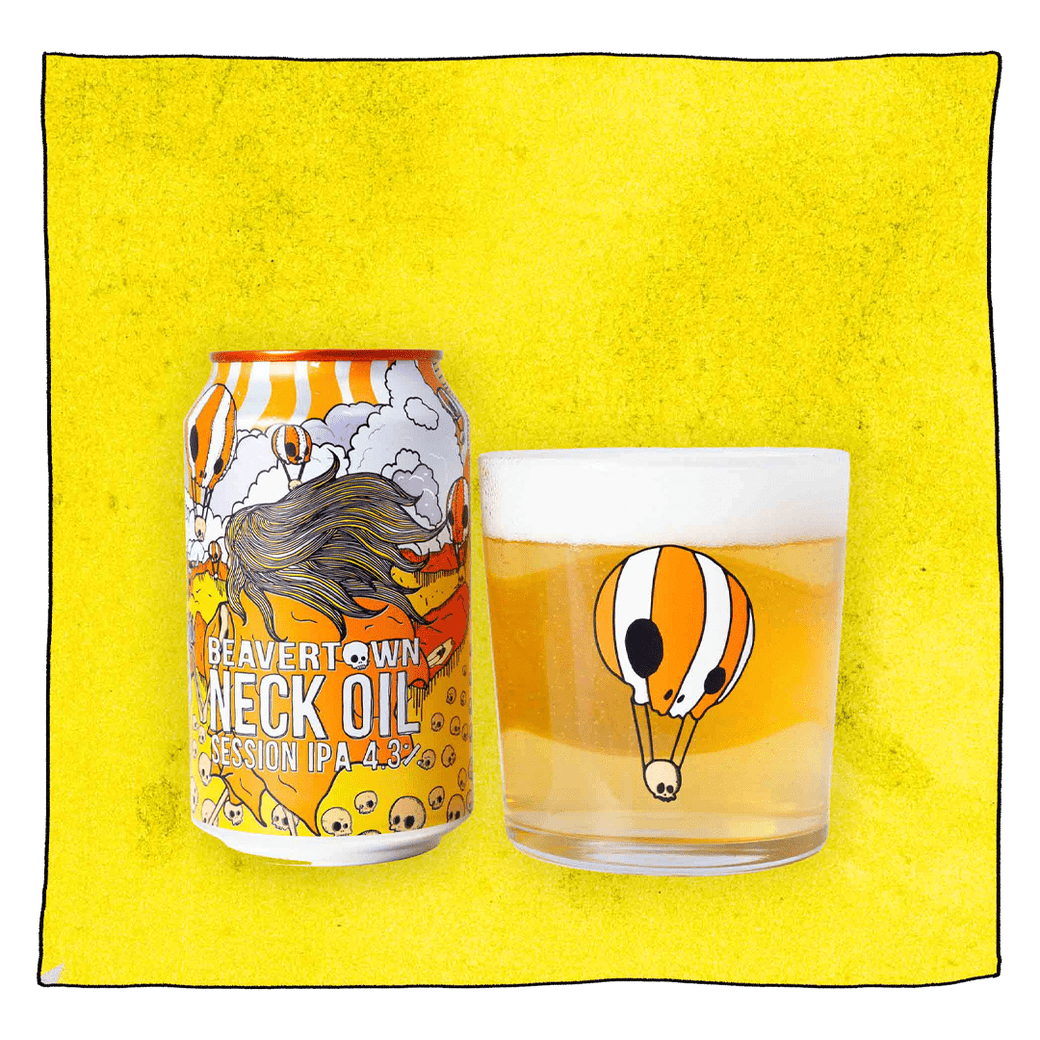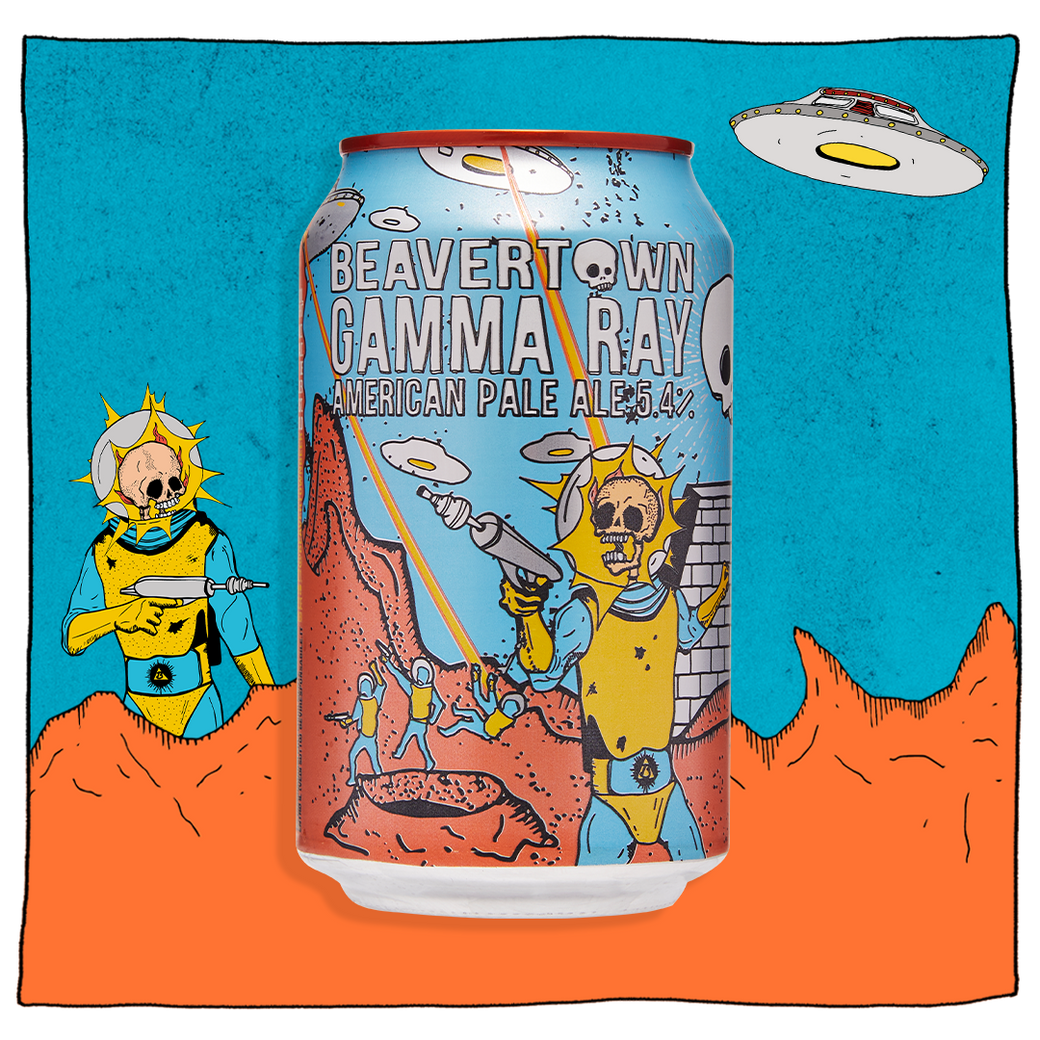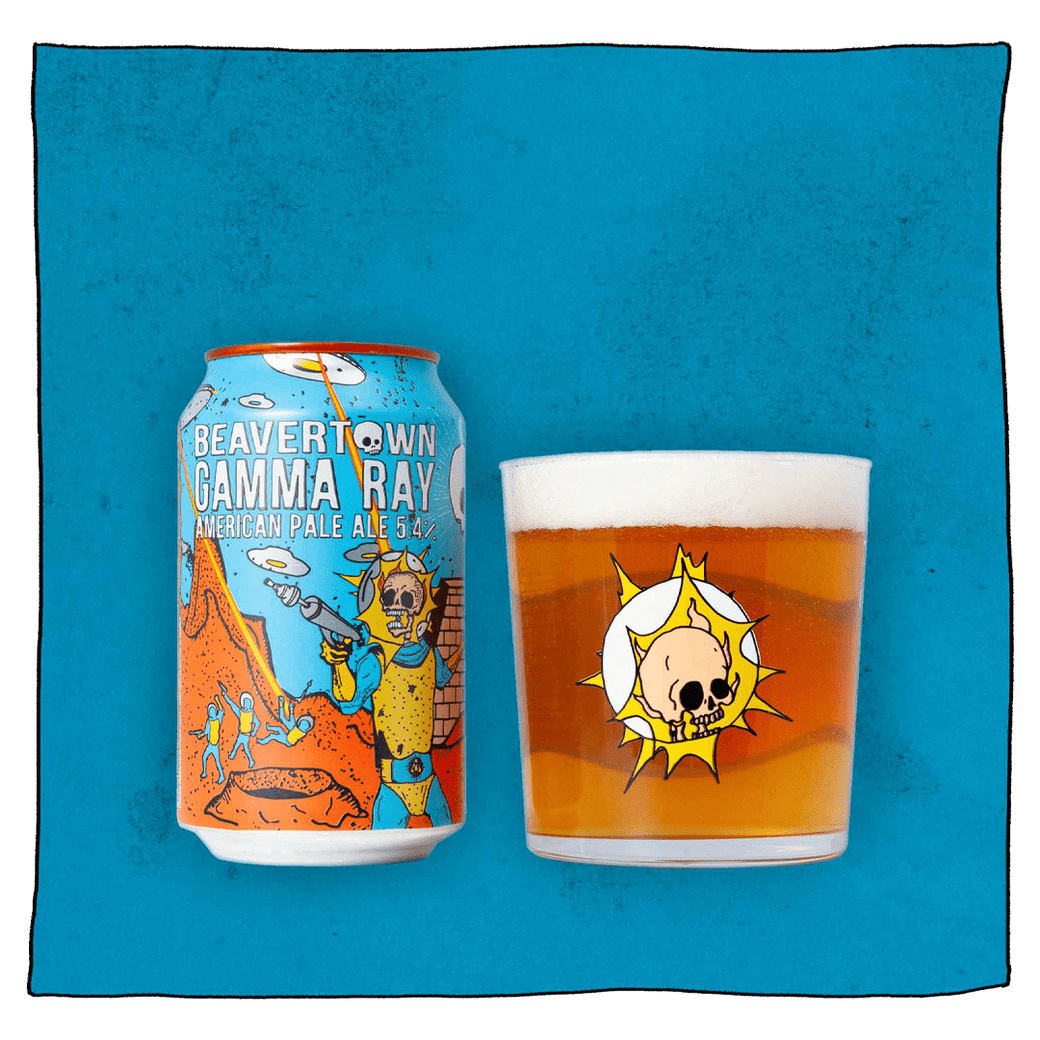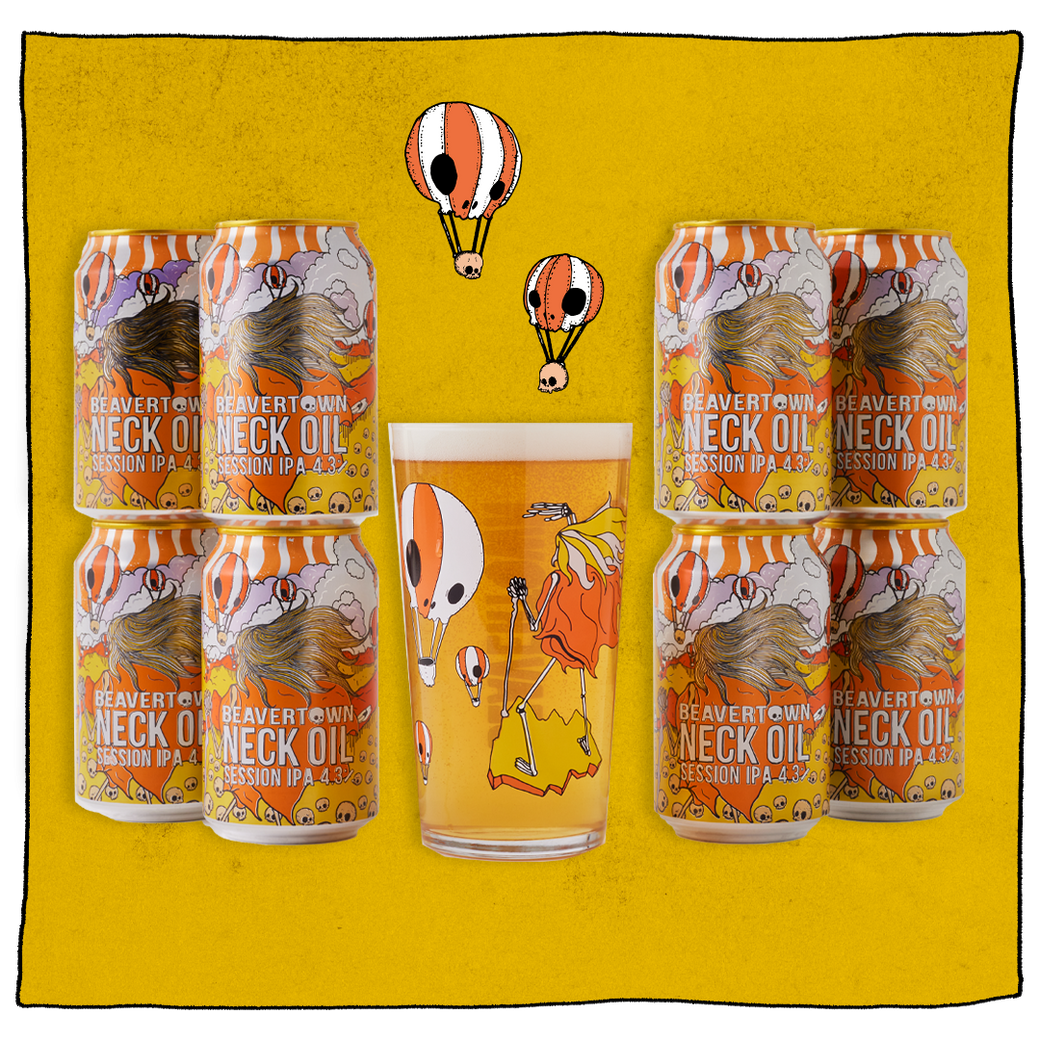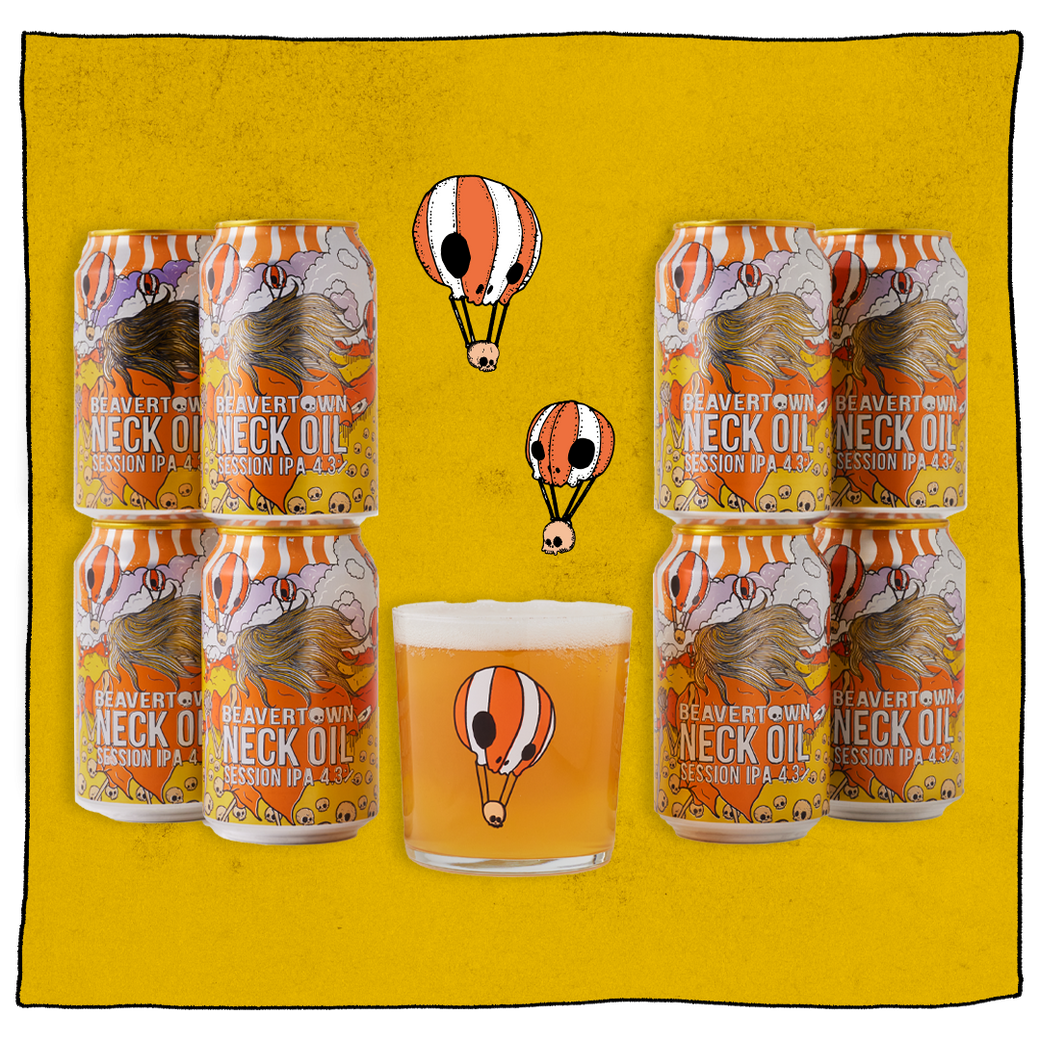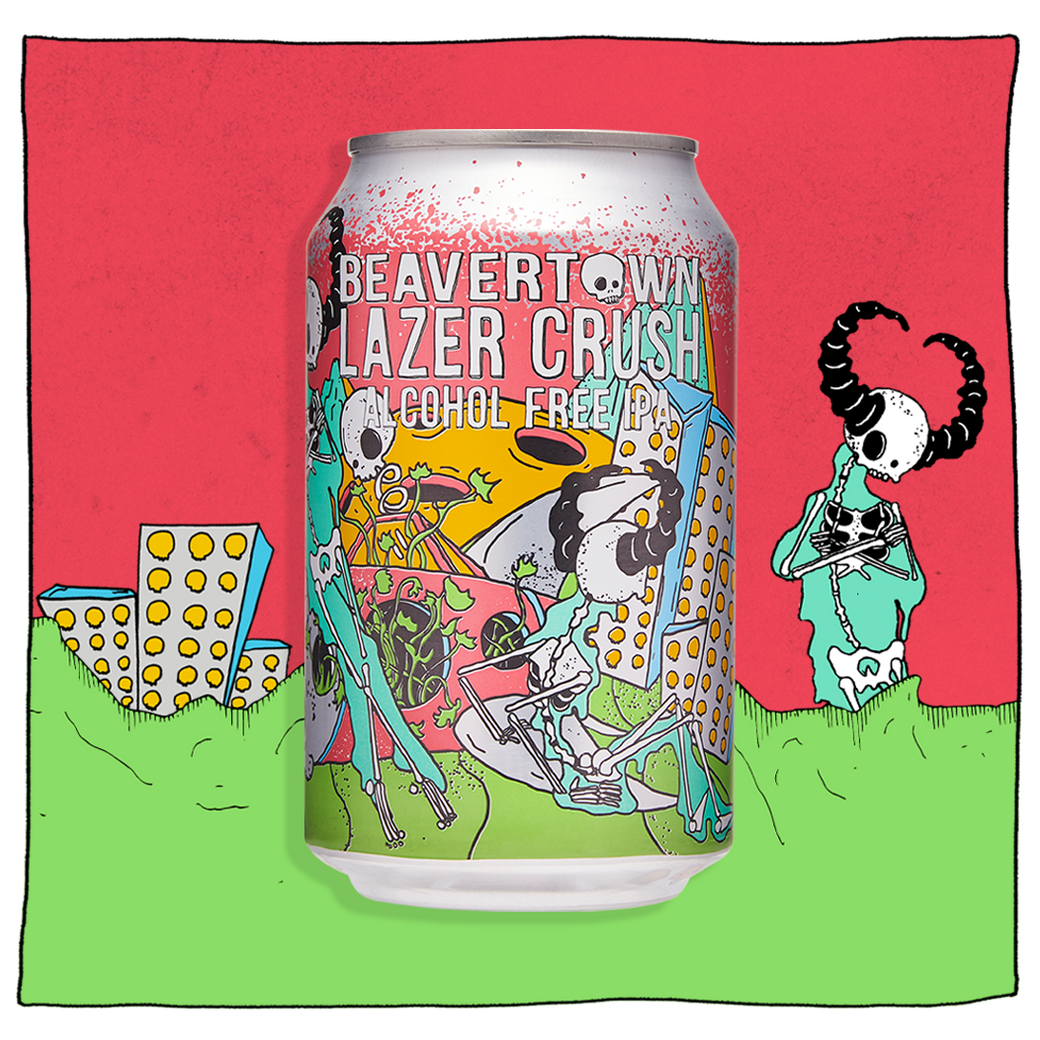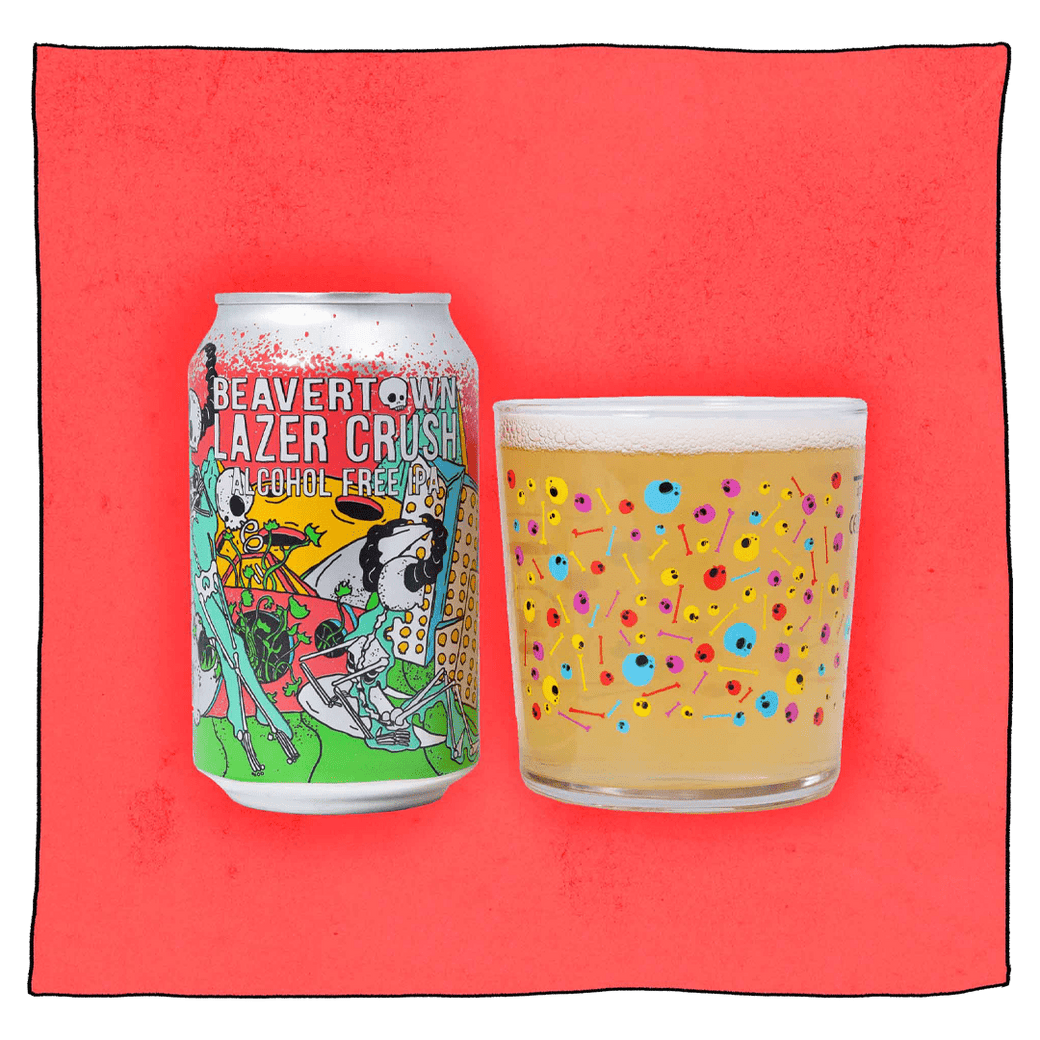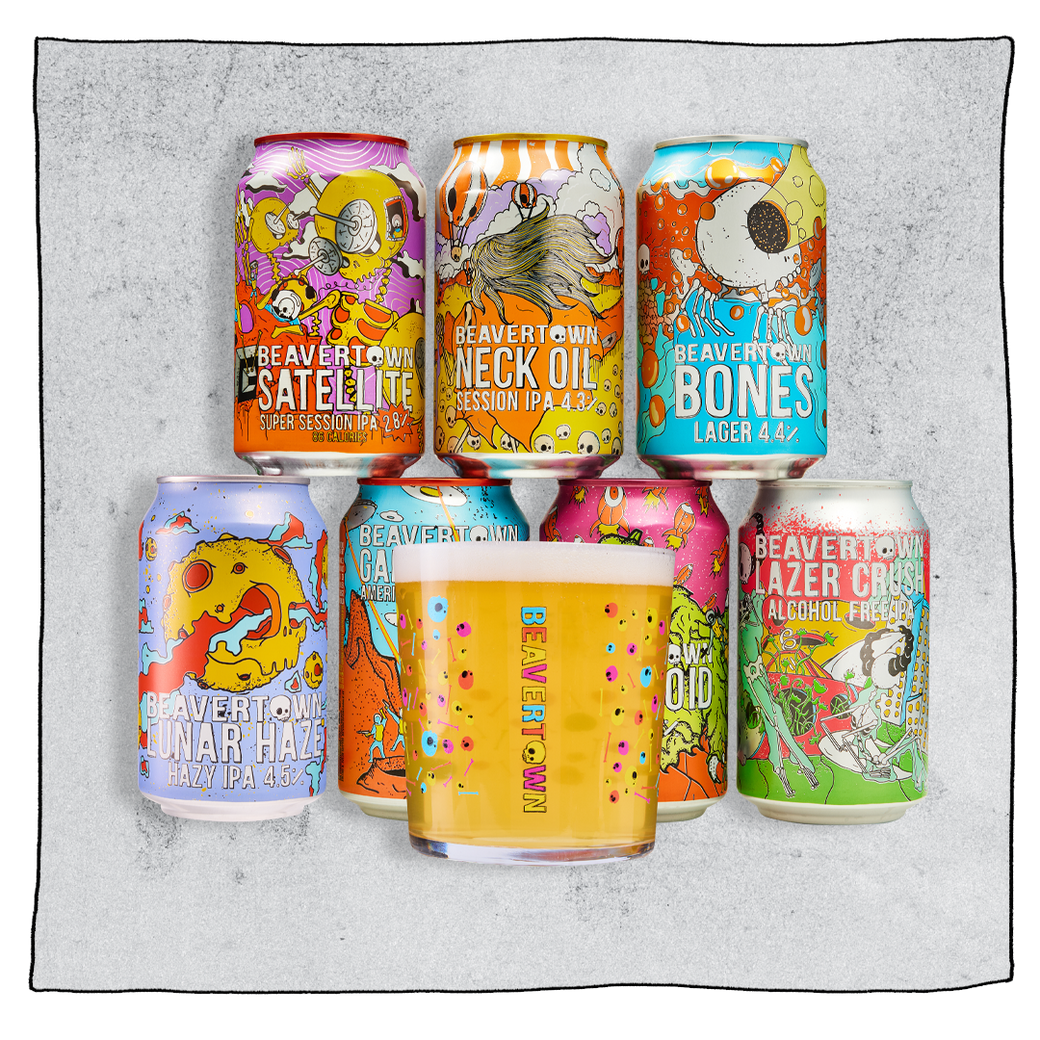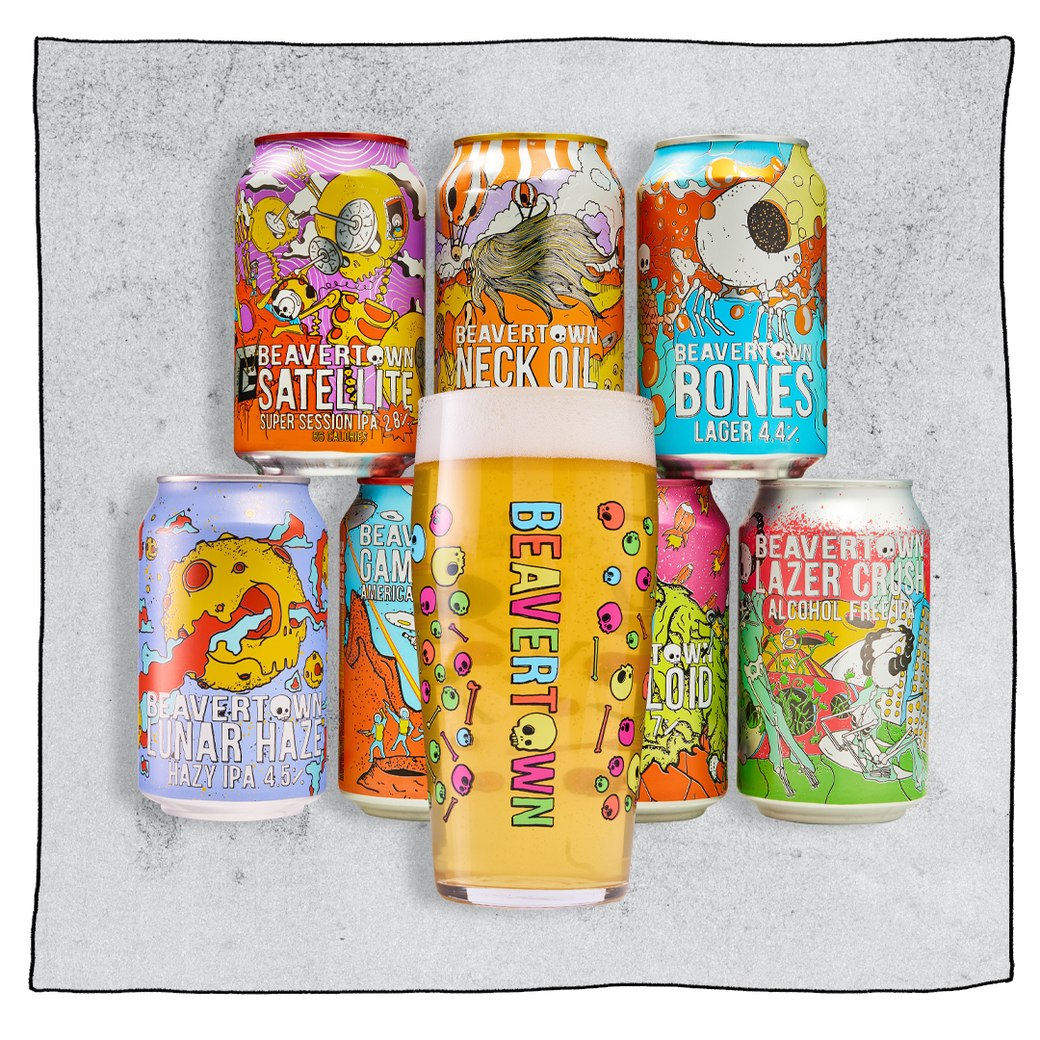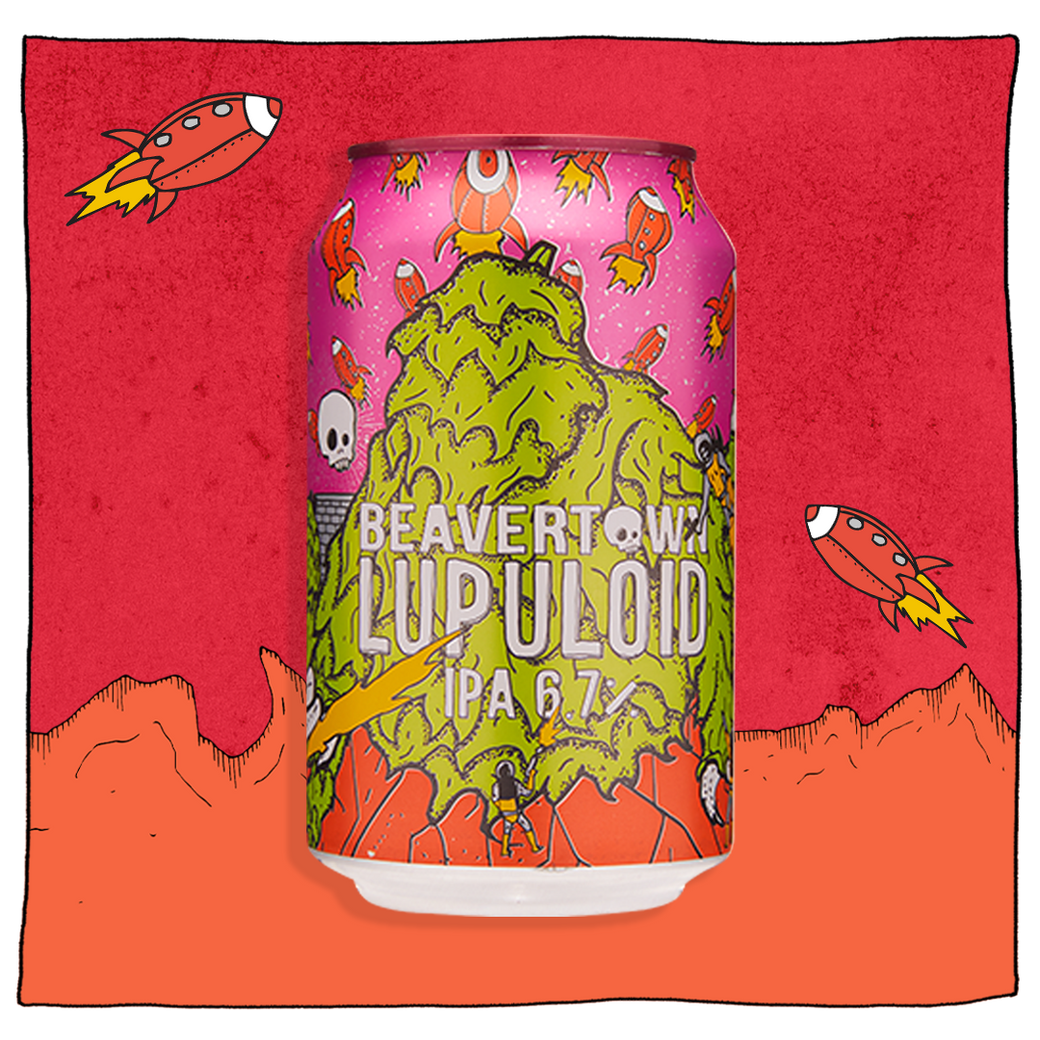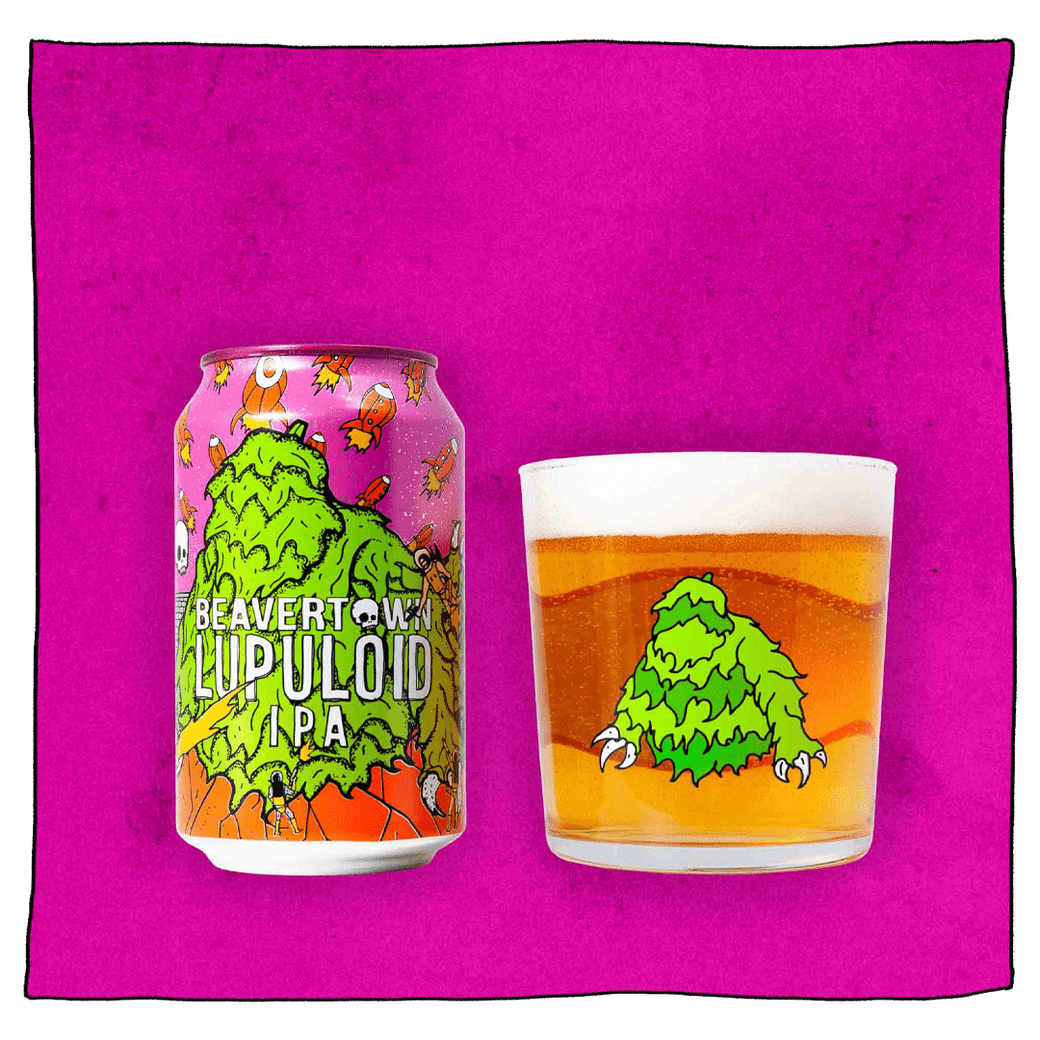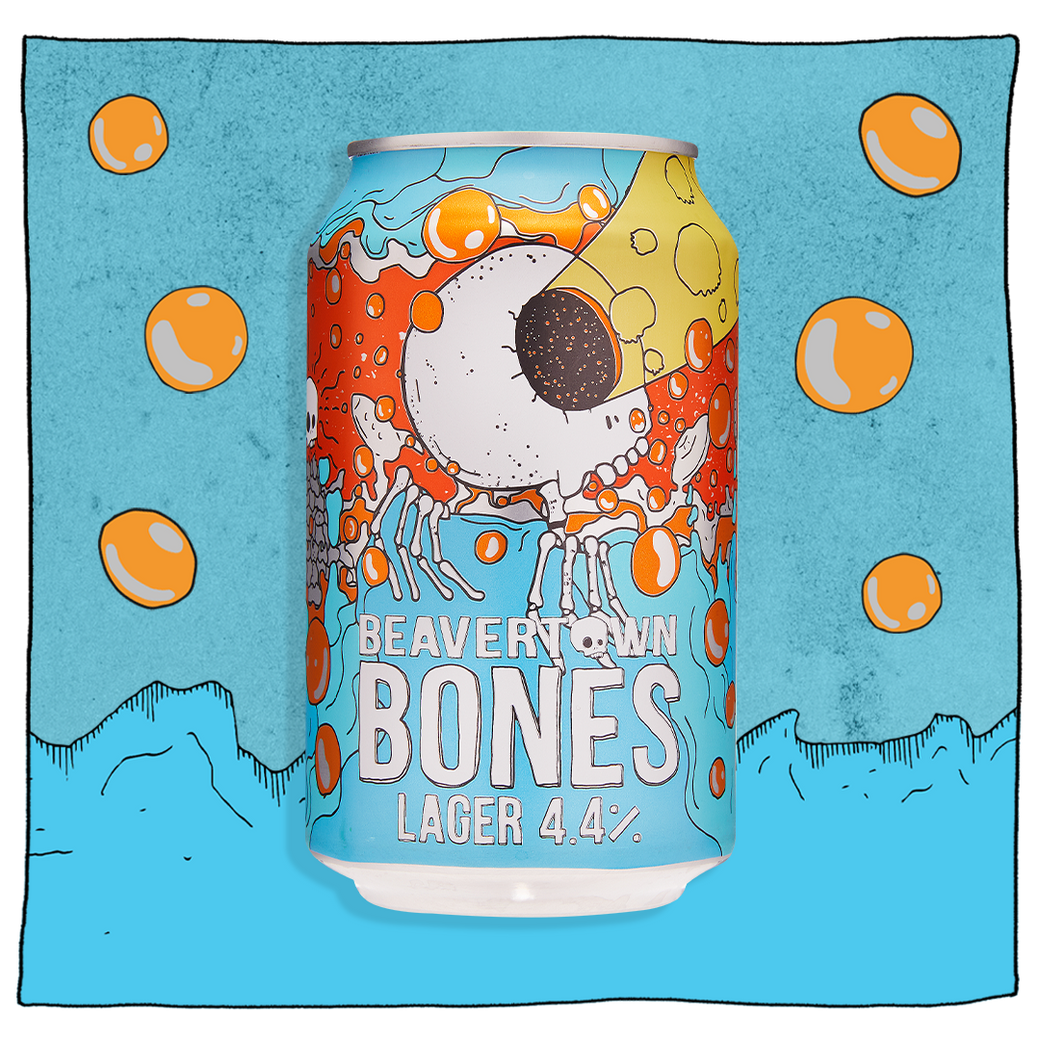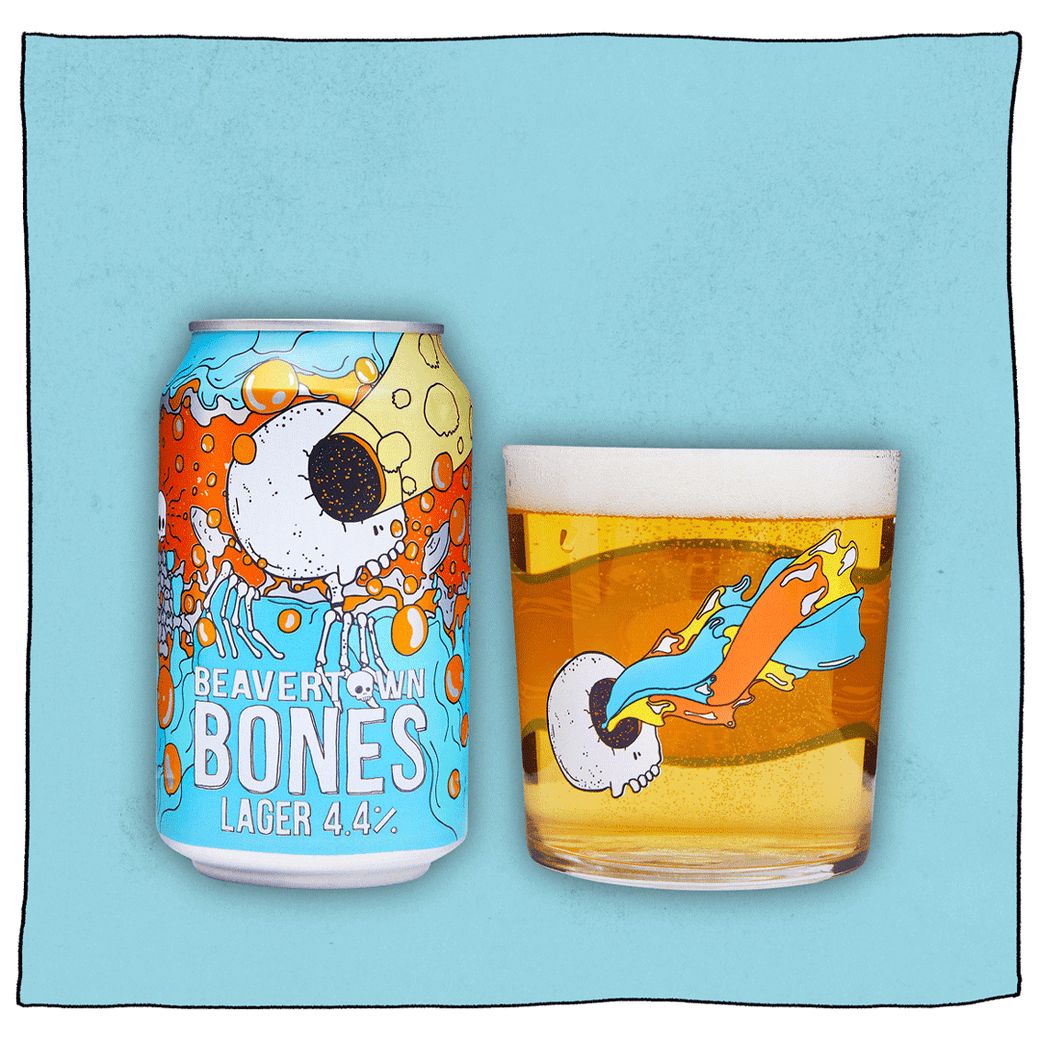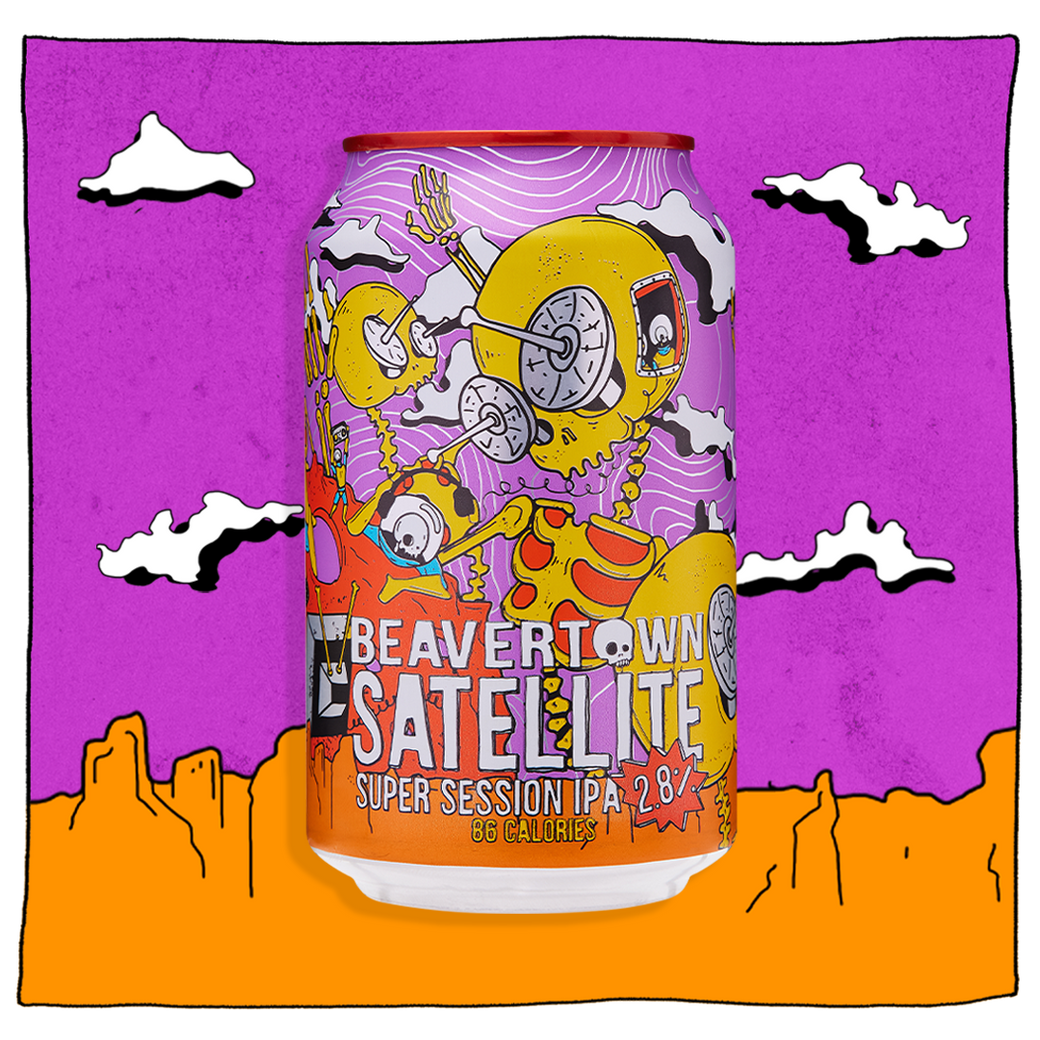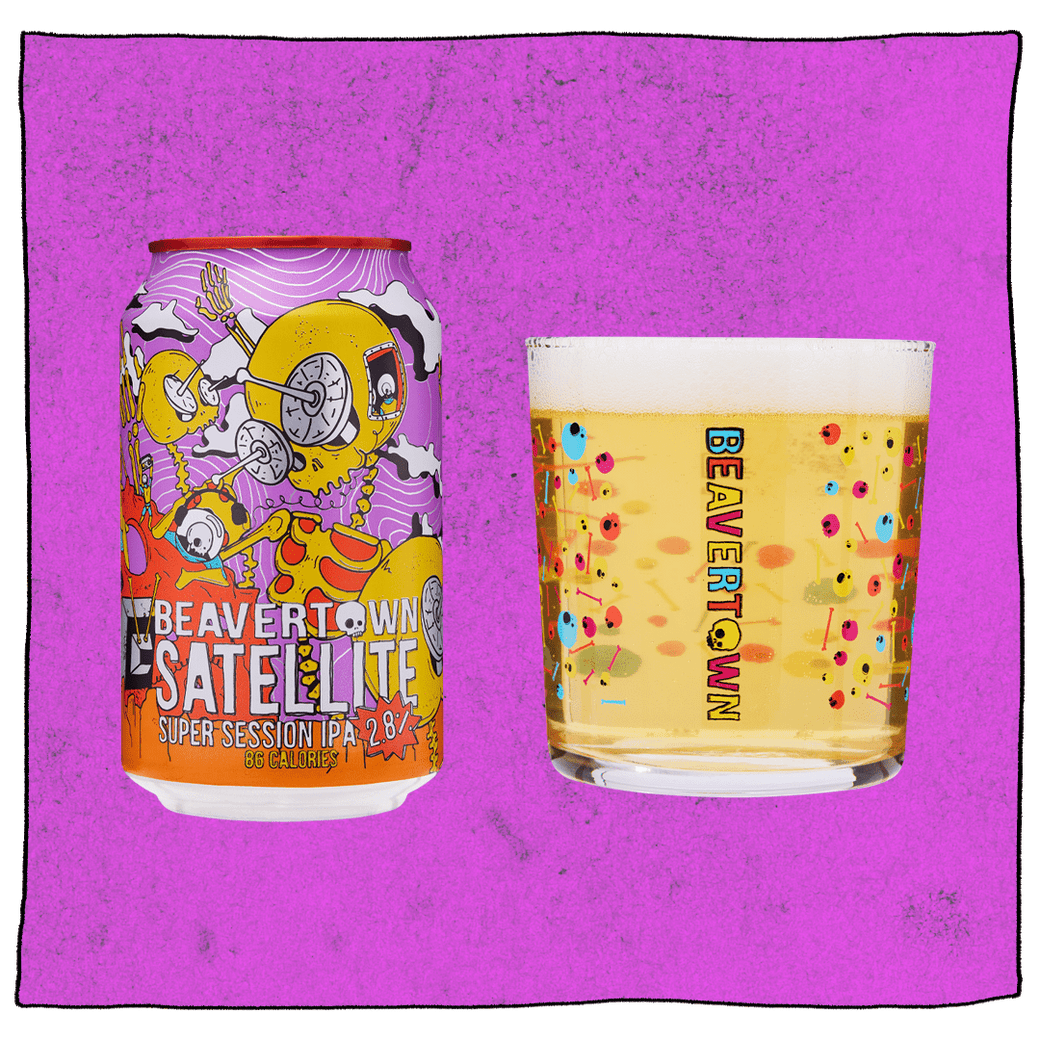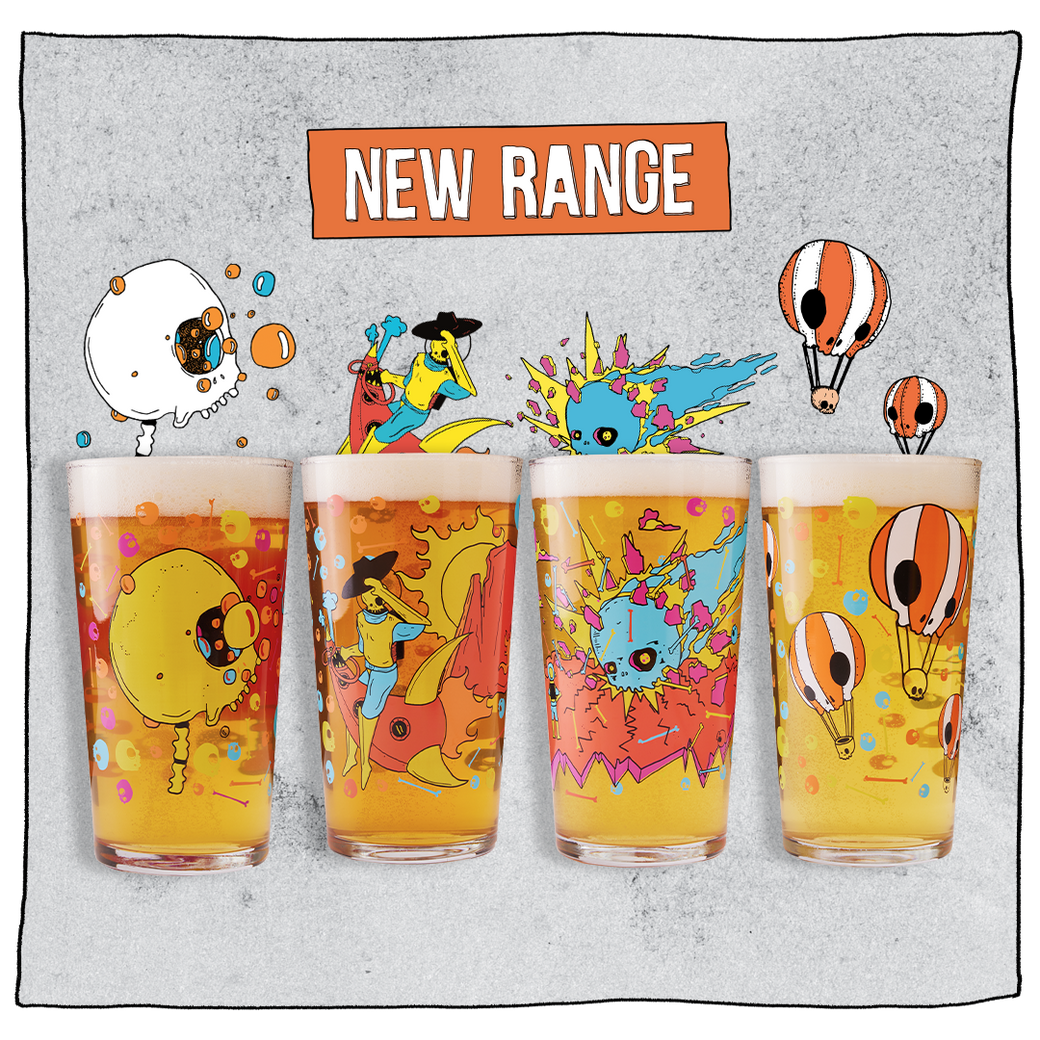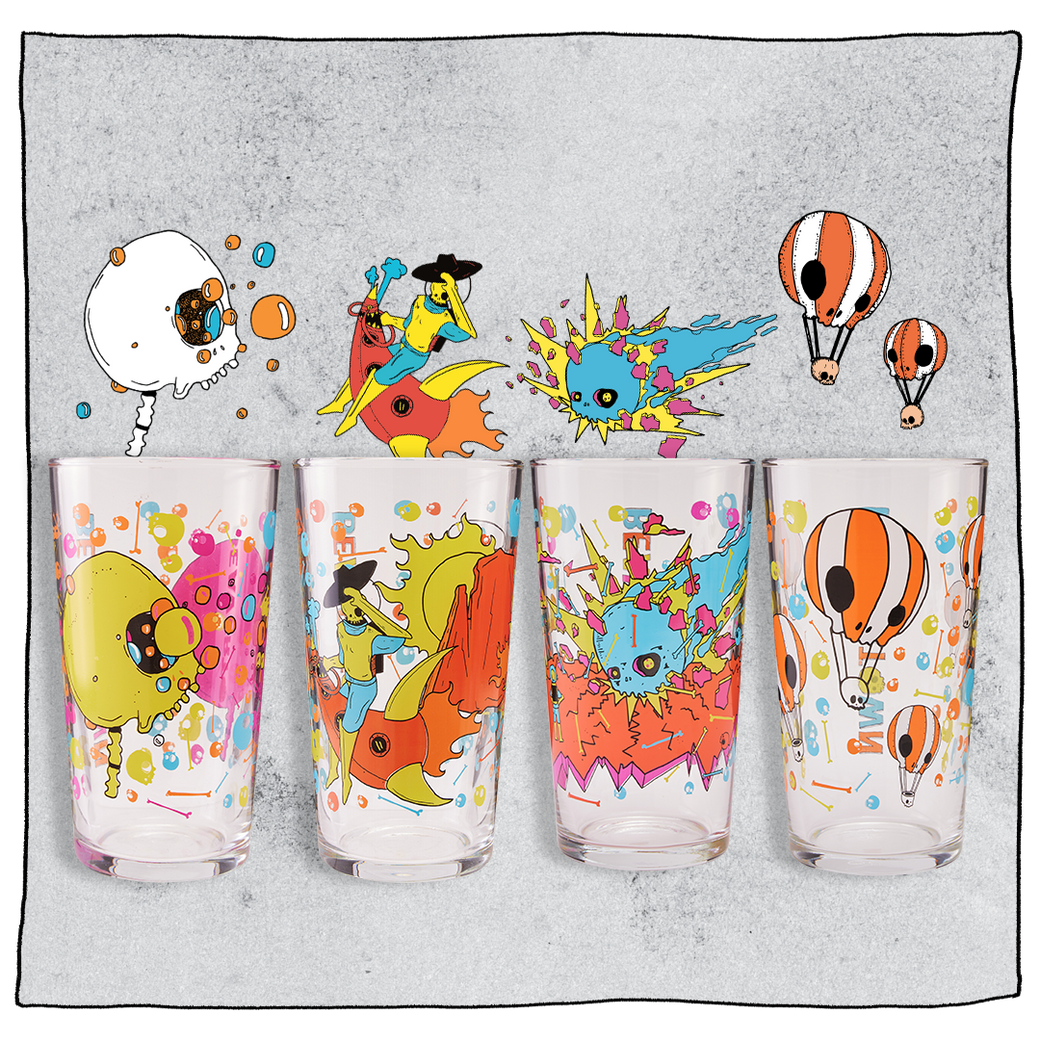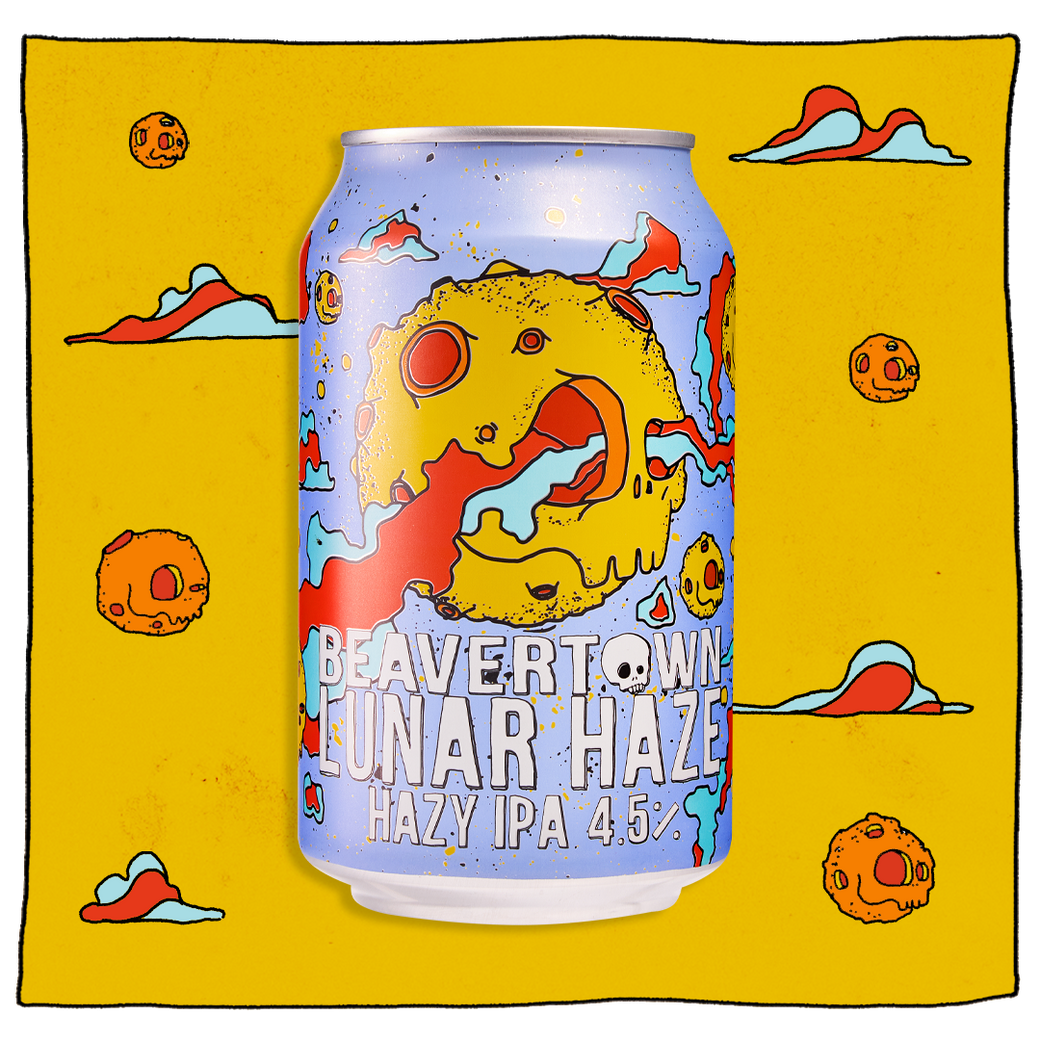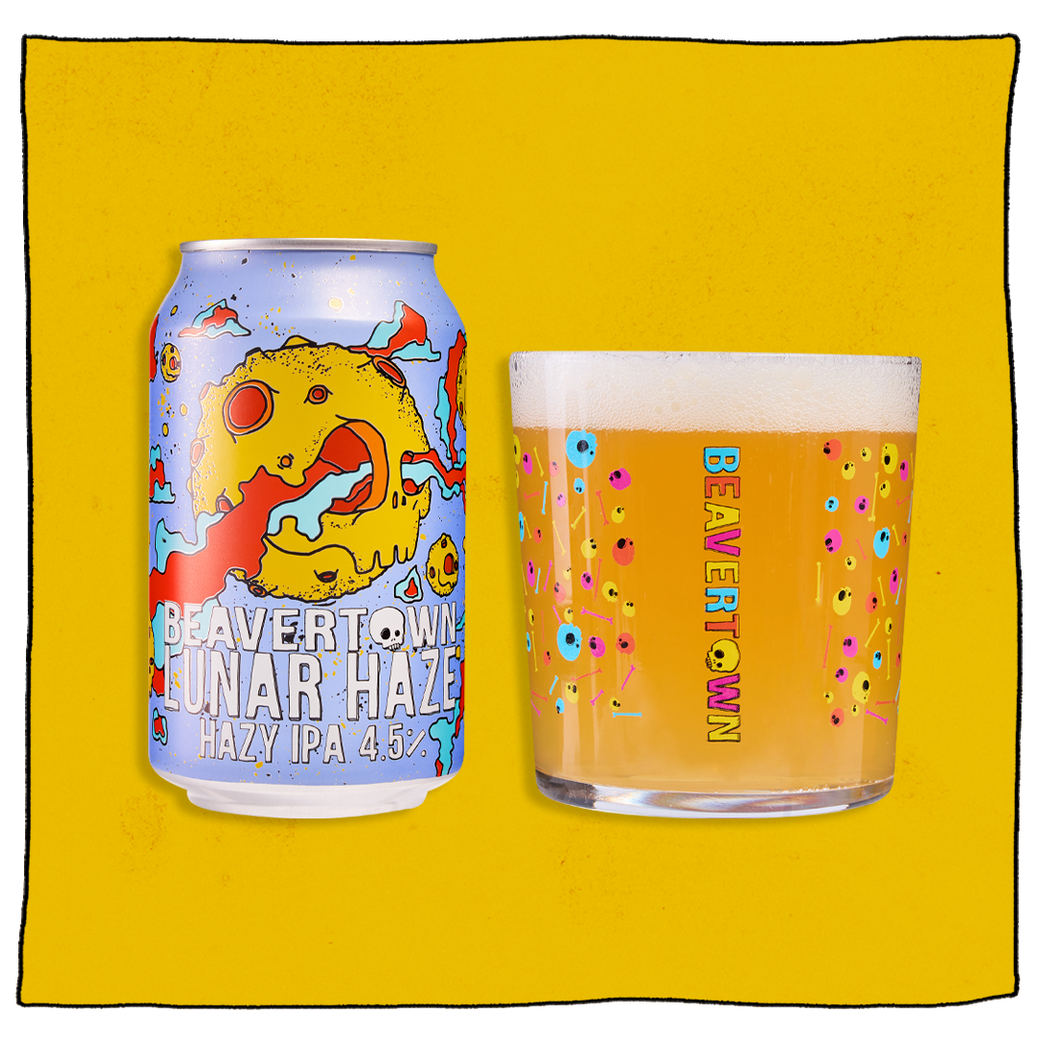Thinking about trying the challenge of not drinking in January? Well, have we made it 1000x easier for you?! Alcohol free beers taste waaaay better than they did all those years ago. And we like to think we played a HUGE role in the future of alcohol-free beers.
Okay, we might be over-exaggerating a little there. But our beers do taste out-of-this-world. Like pretty much exactly the same as regular beers. Don't believe us? You know where the 'add to cart' button is. Nudge, nudge, wink, wink.
If you wanna find out more about non-alcoholic beers before you buy (oooh, how sensible of you), keep reading this blog!
What Is ABV in Beer?
If you aren't a fully-fledged beer snob, then you probably don't know what all the acronyms mean. There's a lot of them. Probably the most important one to know, though, is ABV. ABV stands for 'alcohol by volume' and is a measure of how much alcohol is in an alcoholic drink. So, the higher the ABV, the more alcohol there is. See? Nice and simple for a human mind to remember. Our IPA beer collection cover most percentages!
The Definition of Alcohol-Free Beer
You wouldn't think we'd need to explain what alcohol-free beer means, would you? Sounds pretty self-explanatory, really. But the definition varies depending on where you are and who you talk to. Helpful. For example, if you're chilling in space having a conversation with the friendly neighbourhood alien, they'd probably be like, 'what is beer?' And then give you a funny look.
On earth, though, alcohol-free beer is made by either having the alcohol removed or having it brewed to contain less alcohol than the legal limit. It generally has an ABV of 0.5% or lower. Obviously, it'll taste a little different to a regular beer. But it'll still have all the delicious flavours along with a zap of hoppy bitterness we all know and love!
Does Non-Alcoholic Beer Have Alcohol?
Yep. It certainly does. Non-alcoholic beers rarely have 0% ABV. But fear not, as the amount of alcohol in non-alcoholic beer is so minimal, less than 0.5% ABV, that you won't taste it or feel the effects. However, if you're worried and would prefer to have a completely alcohol-free beer, always read the label and check first!
Is Non-Alcoholic Beer Good for You?
Kinda. As tasty as regular beers are, sometimes the alcohol-free version can be the better choice. Usually, non-alcoholic beer has a lot less calories - making it the stand-out option. We could even mention our glorious Laser Crush, which has an ABV of 0.3% and only 83 calories per can!

The Definition of Low Alcohol Beer
Is low-alcohol beer the same as non-alcoholic beer? We hear you ask. No, no, no. There is a slight difference between the two, which is important to know if you're on a night out and want to keep your alcohol intake low.
Low-alcohol beer will range from 0.5% to 3.5% ABV. So, a bit more of a kick (paired with all the best flavours) but still not as much as a normal IPA. Low-alcohol beers will also usually have fewer calories, like Satellite, which has a 2.8% ABV and 88 calories per can.
Why Choose Low Alcohol Beer
There are sooooo many reasons why someone might choose low-alcohol beers. First of all, they might just prefer the taste. Not everyone is a fan of the bitter beer flavours, and that is a-okay. Our very own non-alcoholic and low-alcohol beers have a more crisp and fruity, thirst-quencher flavour that's totally irresistible.
And for anyone who is that designated driver at a wedding/party/pub session, you can have more than a couple, so low-alcohol beer is the way to go!
Taste Our Alcohol-Free & Low Alcohol Beers
Let's not beat around the bush here. Our alcohol-free and low-alcohol beers are definitely the best around. Because we said so, that's why. We can't think of a single human who isn't a Beavertown fan. And once we figure out how to launch our non-alcoholic beers into space, we'll have a whole galaxy of fans!
Lazer Crush, our alcohol-free IPA, offers a sweet and zesty flavour that's light and refreshing and is usually everyone's go-to non-alcoholic drink. It just goes down so easily. And Satellite, our low-alcohol IPA, is bursting with tropical flavours that'll make you think summer has arrived early.


